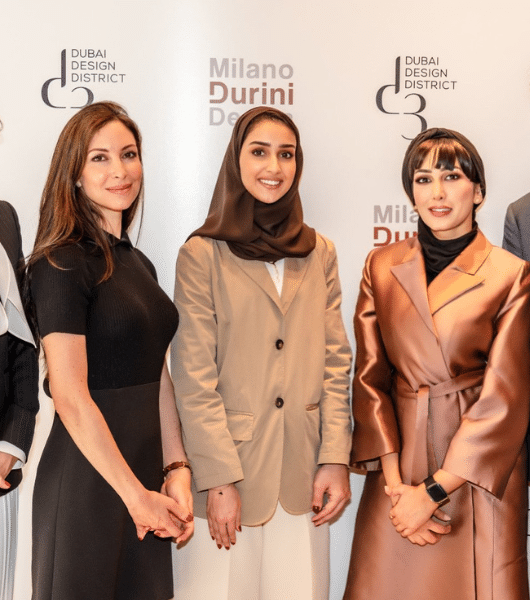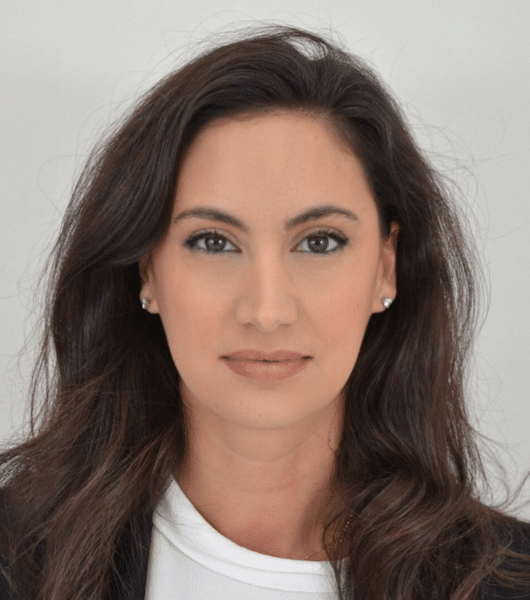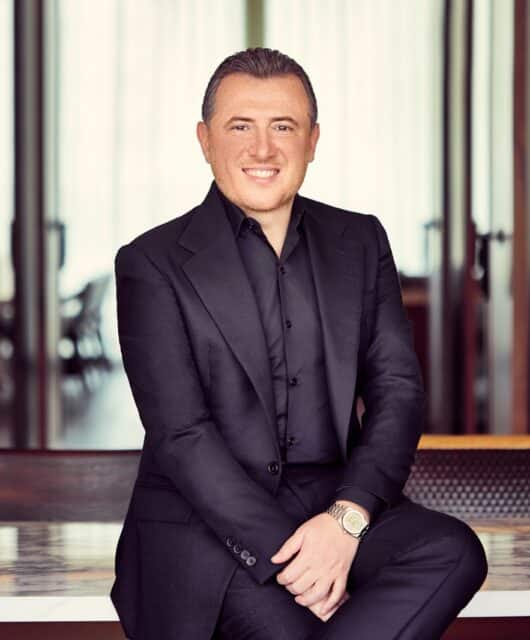Fouad Naayem, architect and partner at FNA & Partners, talks about the challenges that come across Lebanese architects, the fresh pool of talent influencing design, and his dream commission
Give us a brief about your company?
FNA & Partners is a Beirut-based company that works in Lebanon and across the Middle East, providing architectural and interior design services in addition to hard landscaping, site supervision, and construction management. Our portfolio is comprised of residential, corporate, commercial, and F&B projects as well as hotels and spas. I believe the relationship between architecture, interior design, and landscaping is one of complementarity. When combining these three specialities, the project gains in harmony.
In general, what is most important to you when designing and planning a new project?
When it comes to functionality, practicality, style and budget, the client’s needs are always our top priority. The second step would be finding innovative ideas to turn their vision into reality whilst taking into account orientation, the slope and shape of the plot, the location, the environment, the surrounding area, and urban tissue along with the natural ventilation and light. Combined, these factors will help us ensure a sustainable, high-quality, and detailed design perfectly integrated on site. Actually, design is in the details and we work really hard on that and we work hard on that aspect.
Is there a specific style or design element that you are partial towards?
We, at FNA&P favour contemporary, trendy, and minimalistic designs paired with a unique twist to remain timeless in volume, shapes, and materials, which allows them to preserve their value for decades and be appreciated by future generations. To create this effect, we rely on three key elements in architecture, namely balance and proportion in volumes and materials, full and empty spaces, and shadow and light always bearing in mind functionality, aesthetics, and precision.
How do you feel the next generation of architects is influencing architecture and design?
The new generation of architects follows a new philosophy when it comes to lifestyle, technology, and trends. Their work conditions are different, which allows them to express their ideas in a more effective and artistic manner while paving the way for more innovative and groundbreaking ideas such as floating buildings, flying cars… and who knows, maybe one day, flying buildings. At a time when global warming is threatening us more than ever, today’s architects have also been working on creating green and sustainable architecture that preserves the environment.
How is Lebanon different from other countries in the Middle East in terms of architecture?
Lebanon is known for its talented architects and designers who earned their reputation by easily adapting to new trends while maintaining a traditional essence in their designs. Lebanon’s history pushed the Lebanese to travel abroad, become multicultural, and discover different styles in architecture. This exposure made Lebanese architects and designers more innovative and thus, pioneers in the region. However, the only thing standing in our way would be outdated Lebanese rules and regulations that sometimes limit our creativity. For instance, sometimes architects are forced to abide by restrictions that limit their liberty and possibilities when it comes to new trends in design.
Tell us about some of your recent projects.
We recently delivered the design of a boutique hotel in Istanbul. Moreover, we are about to deliver a traditional Lebanese villa with a modern twist. We are currently working on a wide range of projects from working on the concept of a five-star hotel in West Africa to renovating some of the departments in a Lebanese hospital. Also, we are designing a training centre and private museum for an international car paint company based in Lebanon.
What would be your dream commission?
My dream commission would surely be to design and build a museum or a cultural building especially in a country that is now leaning towards the appreciation of art. Moreover, unlike other buildings, there are less boundaries and constraints while designing such projects, which allow me to create more free and sculptural shapes, and grandiose designs, which culminate in the construction of a landmark. I also believe that such prestigious monuments are of significant social value and the perfect platform for artists to showcase their talents and display their art.








